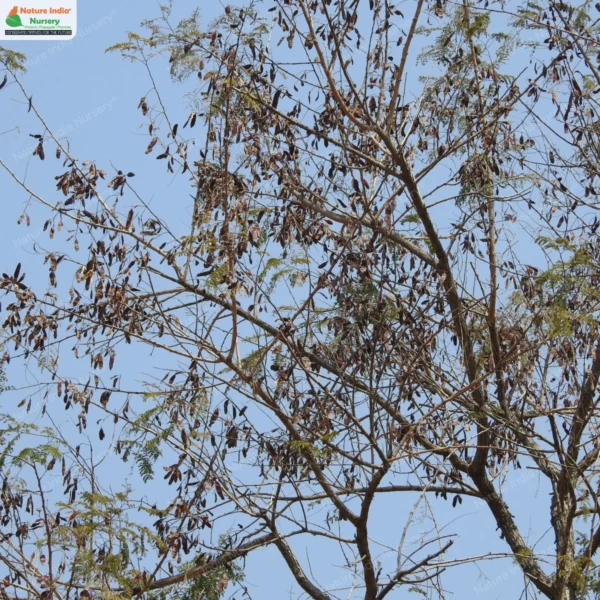Senegalia catechu, commonly known as the Black Cutch or Khair tree, is a deciduous, thorny tree that can grow up to 15 meters tall. It has a dark grey or greyish-brown bark that peels off in long strips or narrow rectangular plates, and bipinnate leaves with small leaflets. The flowers are small, yellowish-white, and appear in dense clusters, while the fruit is a legume, green when young and turning brown as it matures, containing one to two seeds. Native to South Asia and Southeast Asia, including the Indian subcontinent, Myanmar, Cambodia, and China (Yunnan), the tree thrives in dry, open areas, often found in mixed deciduous forests and savannahs.
The Black Cutch tree’s ecological significance extends beyond its physical characteristics, as it provides a valuable food source for various wildlife species, including cattle and wildlife. Its flowers attract bees and other pollinators, while its pods are consumed by cattle and wildlife, and its leaves serve as fodder for livestock. The tree also provides shelter and nesting sites for birds and other small wildlife, contributing to its success in its native habitats.
Habitat
Senegalia catechu is native to South Asia and Southeast Asia, including the Indian subcontinent, Myanmar, Cambodia, and China (Yunnan), and thrives in dry, open areas.
Planting and Care
-
Propagation: Through seeds.
-
Soil Preference: Prefers well-drained, sandy soils. Can tolerate a range of soil types.
-
Sunlight and Water: Thrives in full sun. Requires moderate watering, especially during dry periods.
Additional Information
-
Economical Values: Used in traditional medicine to treat fever, rheumatism, and digestive disorders. Extracts used as astringents and tonics.
-
Industrial Uses: Heartwood extract (catechu) used in dyeing, leather tanning, and as a preservative. Wood used for furniture, tools, and as firewood.
-
Culinary Uses: Catechu used in paan preparation, giving it a characteristic flavor and red color.
-
Other Uses: Tree used in soil conservation and erosion control programs.
-
Wildlife Significance: Attracts pollinators like bees and other pollinators. Pods are consumed by cattle and wildlife, while the leaves serve as fodder for livestock. The tree provides shelter and nesting sites for birds and other small wildlife.






